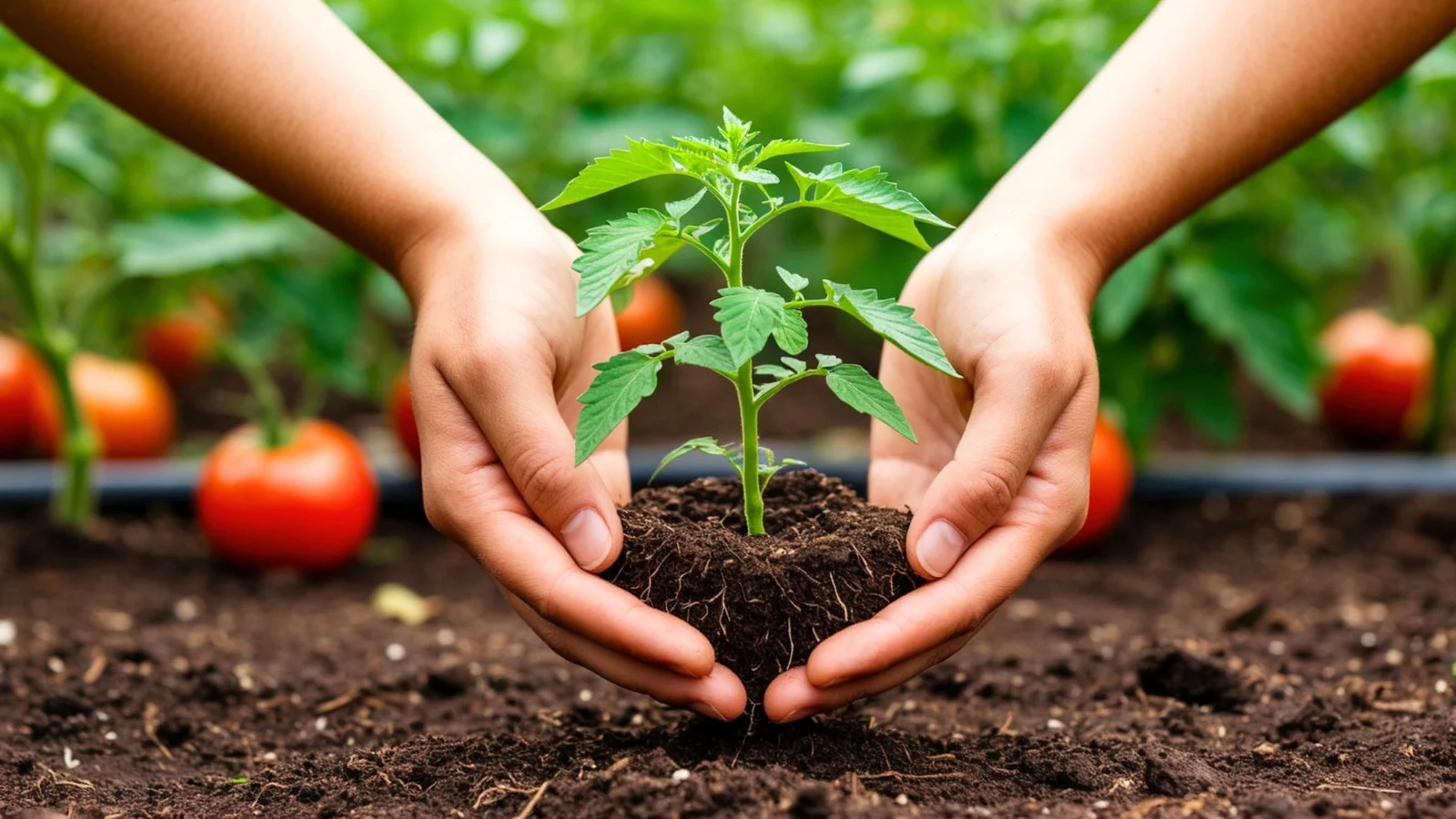If you love tomatoes it’s easy to get excited and plant them too early. But what is the best course of action if you do? Experienced gardener and master naturalist, Sarah Jay has a few strategies for dealing with tomato season eagerness
Tomatoes originally come from western South America, where the climate is warm and equatorial—definitely not cool-season plants. But they’re so fun to grow that many gardeners get a little too eager and plant them way too early.
When tomatoes go into the ground before the weather warms up, they end up battling cold snaps and heavy spring rains. This slows their growth and makes them more vulnerable to diseases caused by all that dampness.
If the plants are still too young and don’t have enough true leaves, pests and diseases can easily take hold. It’s a mistake plenty of gardeners make, but don’t worry—if you jumped the gun and planted too soon, there are ways to save them!
The Short Answer
Tomatoes thrive on warmth and sunshine. They need air temperatures above 50°F (10°C) and at least a few sets of true leaves to do well. Planting them too early causes problems, but it’s not a lost cause. You can move them back indoors or protect them outside.
The Long Answer
If you’re anything like me, you’re itching to get those tomatoes in the ground for an early harvest. But remember this rule: transplant them only when the air stays above 45°F (7°C), and the soil hits 70-90°F (21-32°C). To be safe, wait for consistent 50°F (10°C) temps.
Also, hold off until your seedlings have a few sets of true leaves. But if you’ve already planted them before the last frost (or right after), they’ll need some extra care. Here’s what to do!
Repot Them
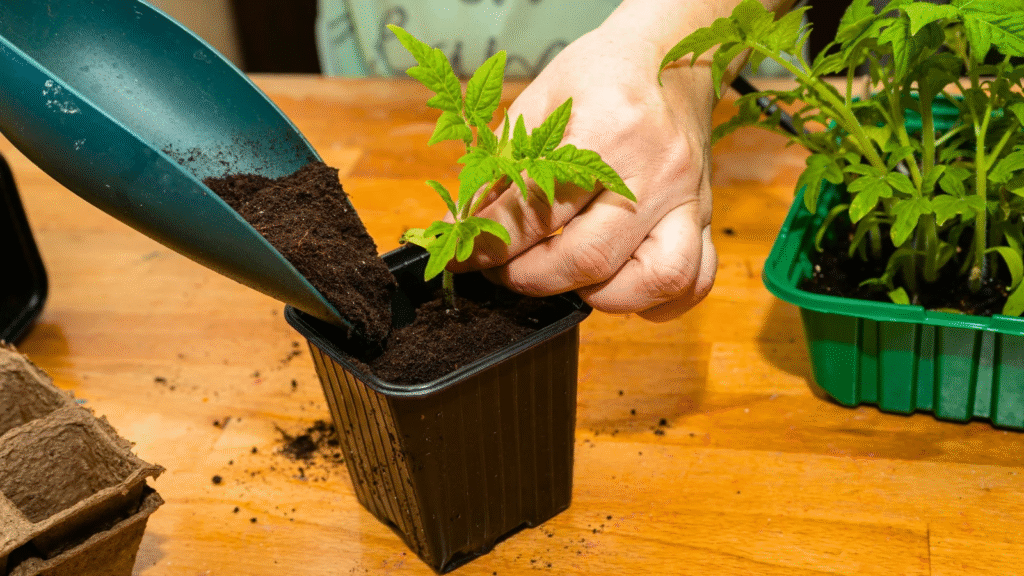
Sometimes, the best fix is to dig them back up.
Say a warm spell tricks you into planting, but then a freeze hits—it happens, especially with unpredictable weather. Or maybe your tomato stems looked strong, but the seedlings just weren’t ready.
In either case, gently lift them from the garden bed and repot them. Use containers bigger than their starter pots, carefully scoop them out with a hori hori, trowel, or even your hands, then settle them into fresh soil. Move them indoors or into a greenhouse. If they’re already in pots, just bring them inside. This gives them time to toughen up before going back outside.
Cover Them
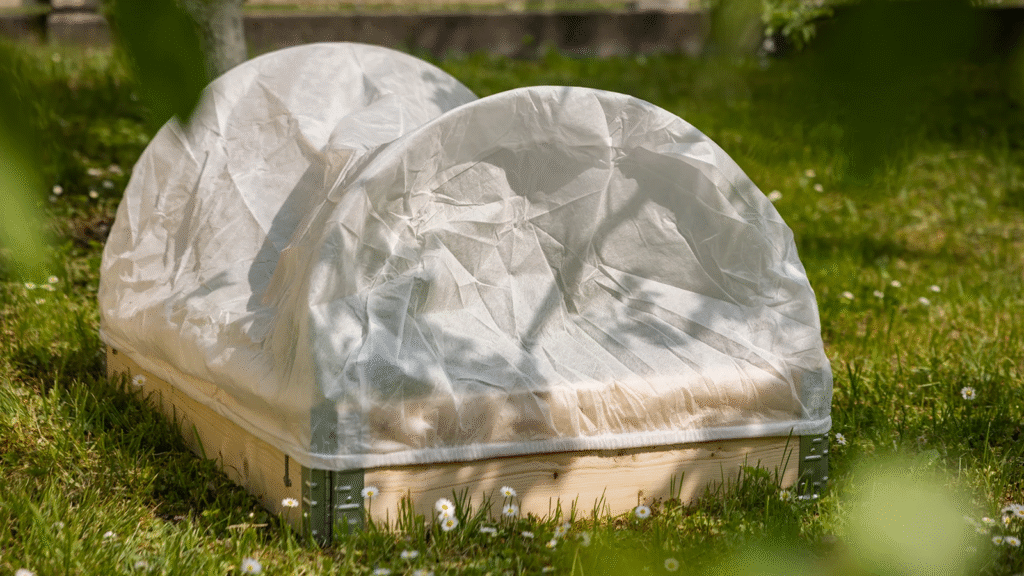
Another option? Leave them in the ground but give them protection. Even young seedlings can pull through if they’re shielded from the cold. Frost cloth or an old sheet works for light frosts—drape it right over the plants, though using supports (to keep the fabric from touching them) creates a warmer microclimate.
For a hard freeze, try greenhouse plastic over PVC pipes, cattle panels, or wooden frames. If you’re using an Epic Gardenbox, their frost covers or greenhouse attachment (which fits a 47-by-31-inch area) are perfect. Once temps rise above 50°F (10°C), uncover them and let them soak up the sun.
Plant Them Deeper
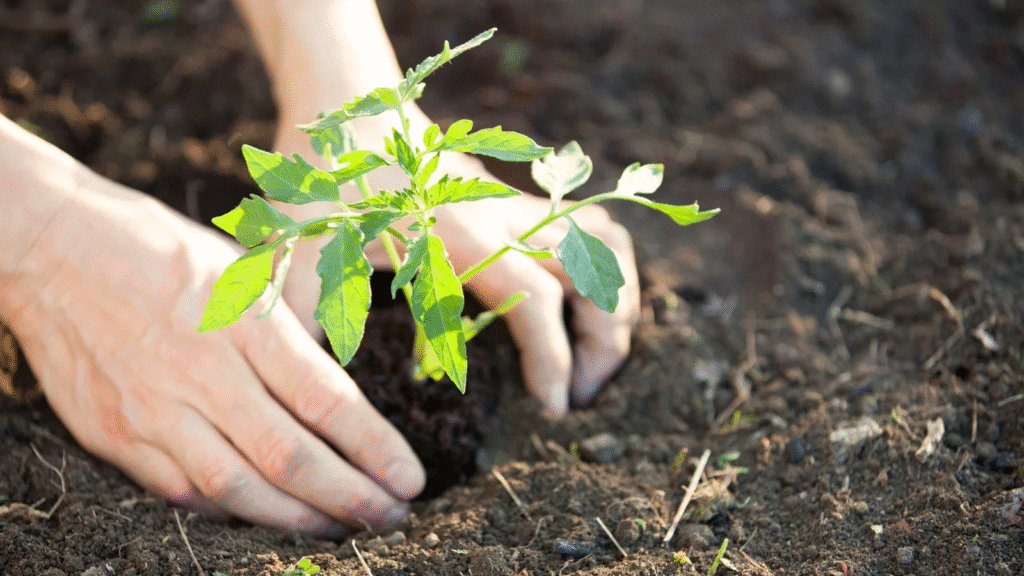
Tomatoes benefit from deep planting—it helps them grow sturdy roots that stand up to wind. If you didn’t bury them deep enough at first, lift them, dig the hole an inch deeper, and replant.
The soil stays warmer than the air (sometimes by 20 degrees or more), so this shields the stems from chilly temps. It’s great for cool weather and light frosts, but for harder freezes, combine it with a cover.
Fertilize With Phosphorus
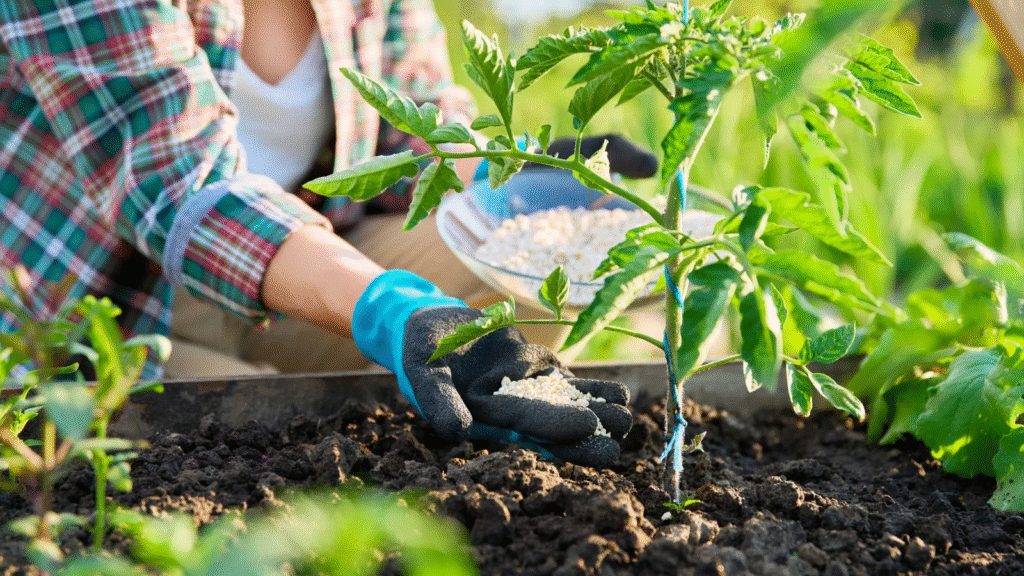
Cold-stressed tomatoes struggle to absorb phosphorus, which they need for strong roots. A light dose of organic phosphorus fertilizer, like seabird guano, can help. Side-dress with just a half teaspoon per plant, water it in, and let them recover.
Hold off if the plants are still stressed—wait until the cold passes. A telltale sign they need phosphorus? Purple-tinged leaves.
Grow New Tomatoes
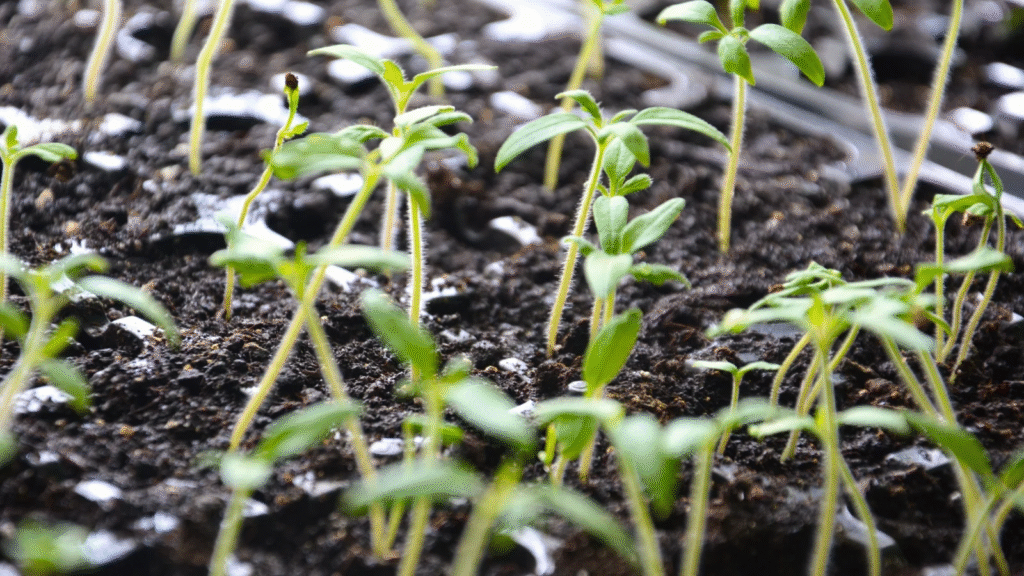
Sometimes, despite your efforts, seedlings don’t make it. If your growing season is long enough, just start over! Clean your trays, pop in fresh seeds, and keep them at 70°F (21°C) with 16 hours of light. Wait for 3-4 true leaves before transplanting.
Most tomatoes take 2-3 months to produce, but cherry varieties mature faster. In warm climates, you might even squeeze in a late summer or fall crop. For colder regions, unless you have a sheltered spot, it’s best to wait for the next season.
Final Thoughts
Planting tomatoes too early isn’t the end of the world. Repot them, cover them, plant deeper, or give them a phosphorus boost after the cold passes. With a little care, you’ll still be picking sweet, tangy tomatoes before you know it!

